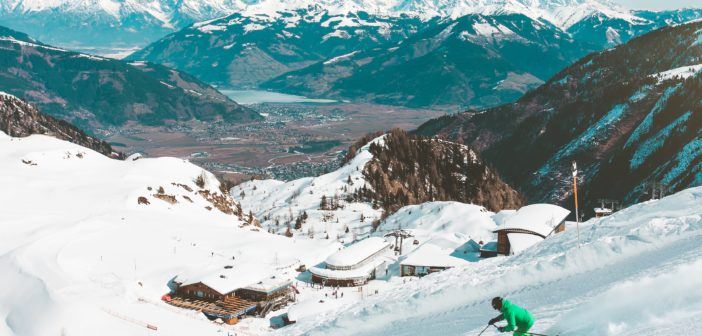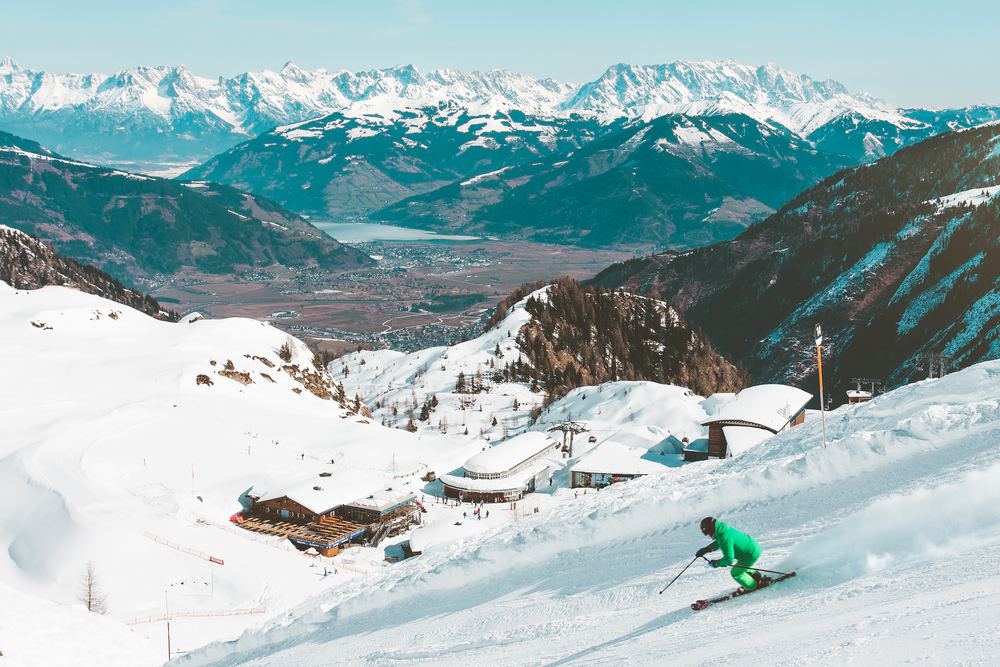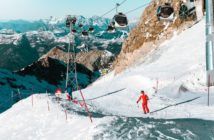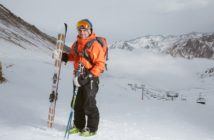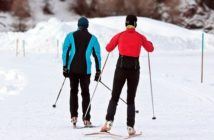No fan of winter sports can claim they haven’t been amazed by one of the speediest, most exciting events to ever grace the Winter Olympics. Those who have tried it for themselves can attest to the thrill of speeding through the snow at breakneck paces!
However, if you’re just beginning your journey, how much do you really know about Alpine skiing?
Here is a quick look at how Alpine skiing became a worldwide phenomenon, and how you can either enjoy the sport from the comfort of your home or try it out on the slopes!
Contents
What is Alpine Skiing?
At its core, Alpine skiing is skiing downhill at an extremely fast pace. However, as you can imagine, the sporting aspect of it becomes a little more technical.
Alpine vs. Nordic Skiing
Cross-country skiing, also known as Nordic skiing, is about travelling comfortably on the skis, and even allows skiers to move themselves up and down the course. Alpine skiing, however, is downhill all the way.
Alpine skiing also differs from cross-country skiing in that it’s done using specialized skis that are made to withstand higher speeds and steeper slopes.
This makes the tools difficult to walk in and requires mechanical assistance, usually in the form of a chairlift, to get up to the starting point of the ski course.
Two Ways to Ski
There are two variations of Alpine skiing: downhill and slalom.
Downhill Alpine skiing is a straight shot to the bottom, with the aim being to gain as much speed as possible while still remaining on your feet.
Competitive courses may involve marked “gates” the skiers must navigate through, in addition to curves in the course designed to challenge the competitors throughout the race.
Slalom is still a race to the finish, but with an added level of difficulty. Slalom skiers must not only reach the bottom before time is up but weave through a series of poles and flags set up along the slope.
Sound like your kind of sport? Here’s the low-down on these snowy races.
Alpine Skiing: The Sport
It may seem like a reckless race across the snow, but it hasn’t always been so!
The Only Way to Travel
According to the official website of the Olympic Games, historians have tracked skiing as far back as 8000 BC. Back then, it was simply a way to get across large patches of snow quickly and without becoming stuck.
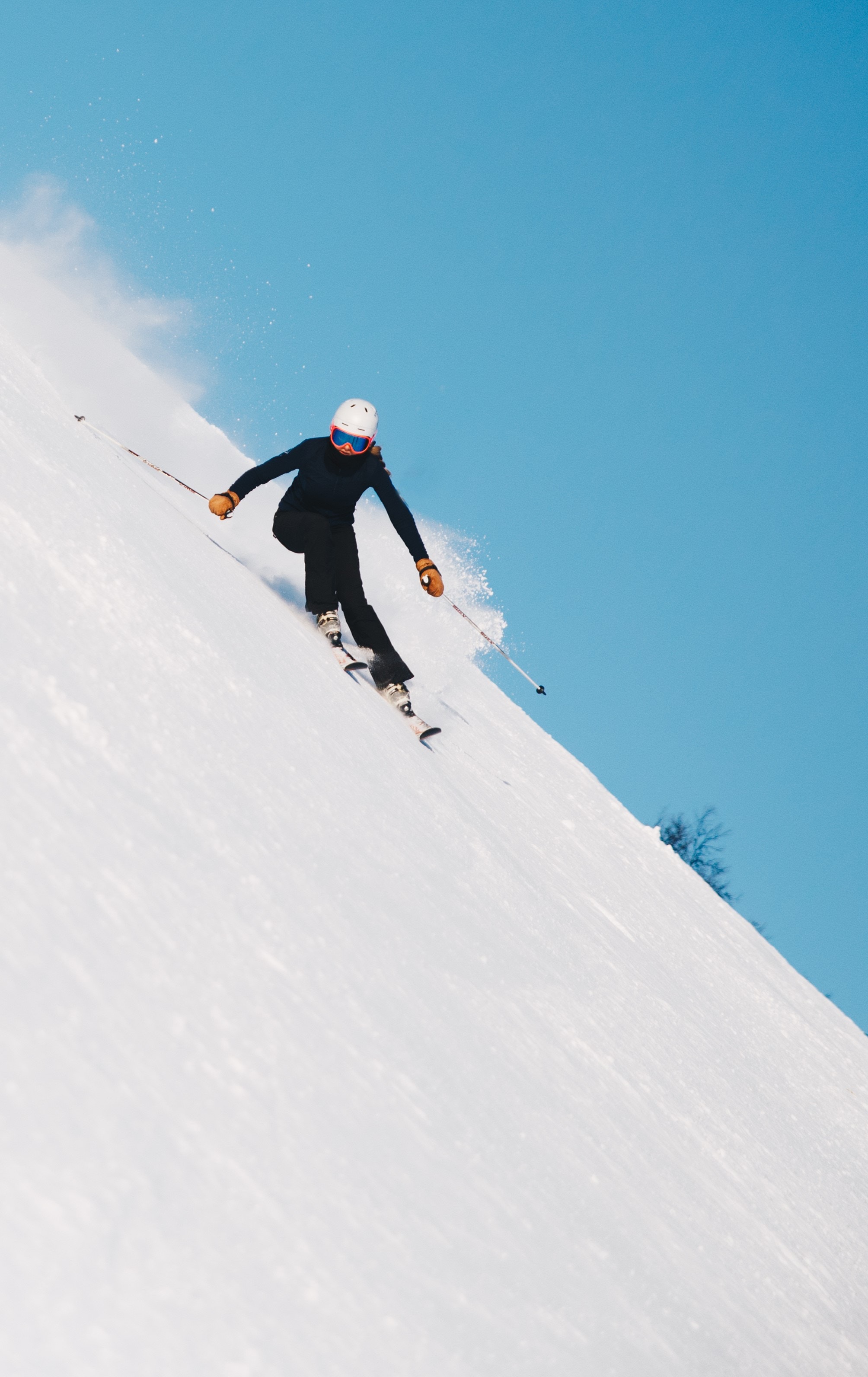
Later, it was developed into a competitive sport, beginning with military competitions and eventually being turned into a public sport.
Norway is said to be the first country to have held a national competition that sparked interest in skiing all over the world.
Heading to the Olympics
The first Olympic Alpine skiing competition was held in 1936, in Germany.
At the time, the downhill and slalom events were held as a single competition. Years later, they were broken into their own games, followed by larger and more challenging courses that eventually became the giant and super giant slalom events.
In 2018, the games were expanded once more to include a team competition, wherein teams of four Olympians from each competing country would race down a giant slalom course in a tournament to decide the winning country.
It may not surprise you that Austria holds the most Olympic medals for Alpine skiing, a nation which houses part of the famous Alps mountain range, from which Alpine skiing takes its name. They’re followed by Switzerland, another Alpine country.
Alpine Skiing: A High-Speed Hobby
Looking to try this sport yourself? You’re in luck! There are Alpine ski resorts all over the world!
Where to Ski
As you may have guessed, it’s Europe that holds the most popular Alpine ski resorts.
Several of the most famous are in Austria and Switzerland, with the latter being well-known for its cozy, accommodating lodges and slopes for users at all skill levels.
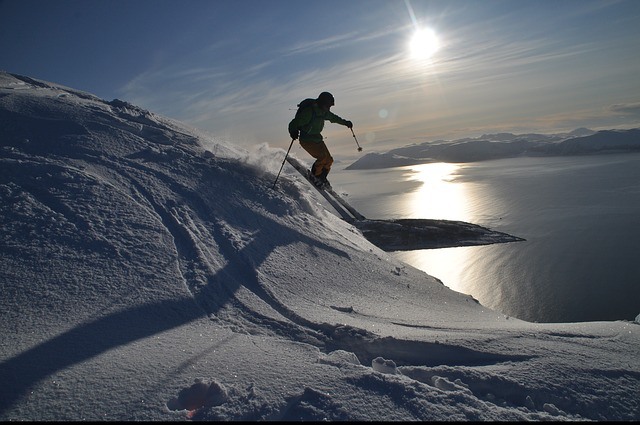
Italy and France are also common choices for Alpine skiers looking for both luxury and fun.
It may surprise you, however, to know that Japan and the U.S. have their own thriving Alpine skiing communities, and both offer many of the same exciting experiences as those found in Europe.
What to Know Before You Go
There are a few factors that go into deciding when and where you should take your next Alpine skiing adventure.
First and foremost: the snow. Many Alpine ski resorts run year-round, by providing skiers with slopes covered in man-made snow.
Of course, there’s nothing like sliding across a true snowy slope in the winter, and many choose their destination based on both the quantity and quality of the snowfall in a given area.
Then there’s the gear. At a minimum, you will need:
- The skis, of course.
- Specialized boots to keep you in full control of your descent.
- Poles for balance and navigation.
- A helmet for safety and style.
Ski jackets, pants, goggles, and gloves are an added bonus to make your ride safer and more comfortable.
Renting the gear is usually best for beginner skiers, as buying professional equipment can be pricey. While Alpine ski centers will often rent gear to visitors, there are also sometimes shops near these resorts where you can rent your gear ahead of time.
Many resorts also offer lessons to beginners, courses that run the gamut of skill levels, and even open sections for the most experienced Alpine adventurers to test their mettle against the mountains.
Whether you’re watching from home or hitting the slopes, Alpine skiing will add a new dose of excitement to your winter season!
Here’s a video showing some skills in Alpine skiing.
Do you have any tips on Alpine skiing?

